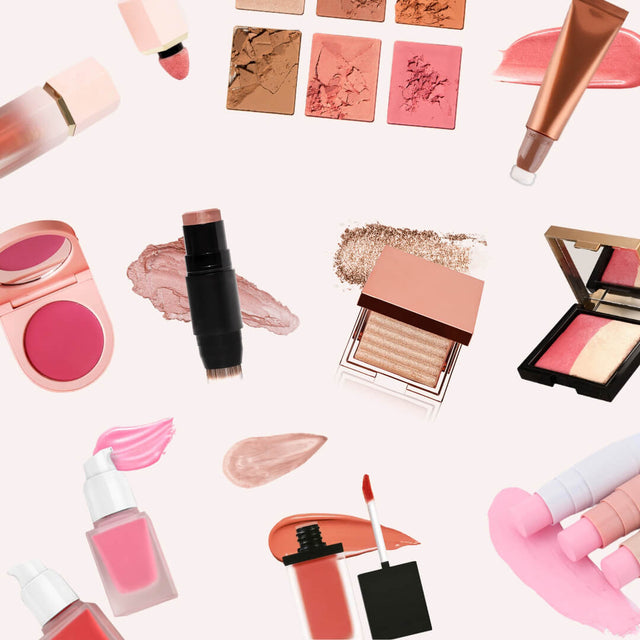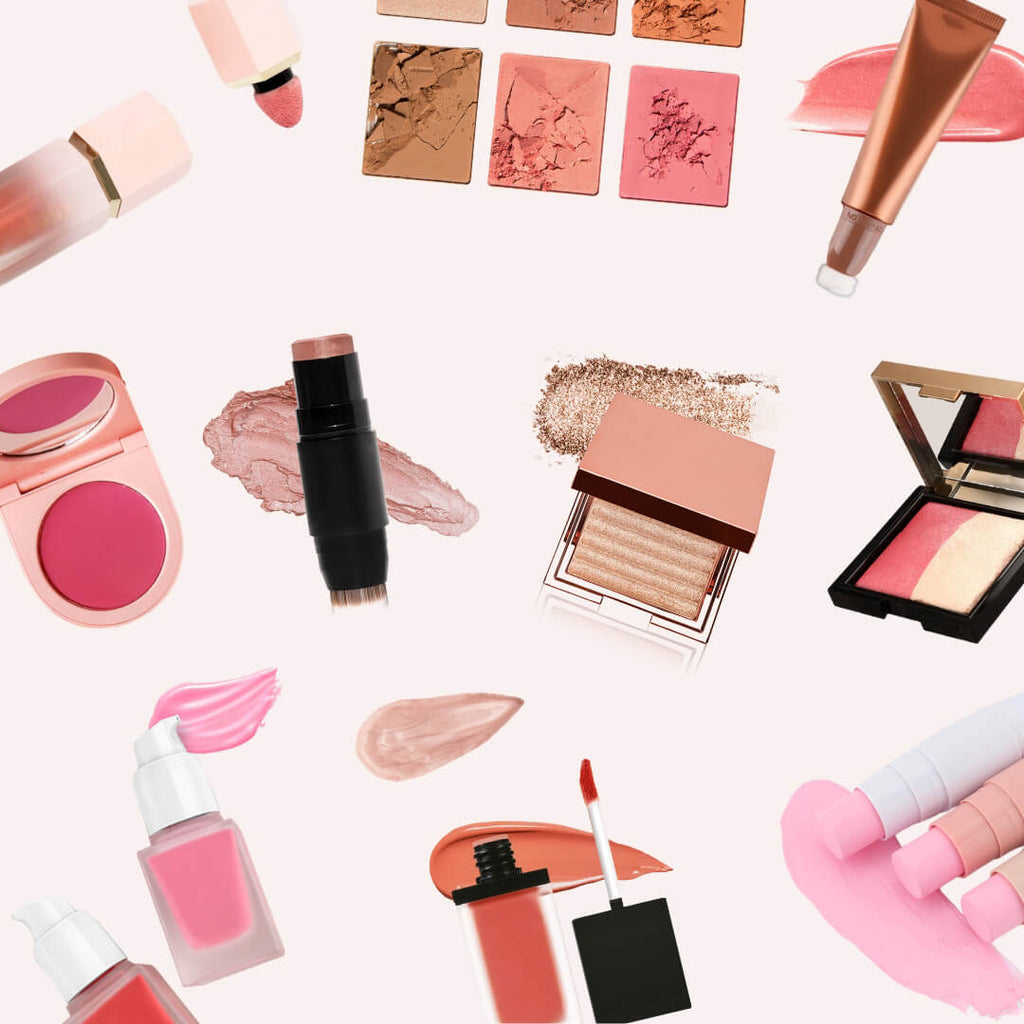Developing Eco-Friendly Cosmetics for the Conscious Beauty Market
Introduction: The Rise of Sustainable Beauty
As a cosmetic manufacturer, we're witnessing unprecedented demand for sustainable beauty products. The global green beauty market is projected to reach $25.11 billion by 2025, with sustainable makeup representing one of the fastest-growing segments.
Modern consumers, particularly Millennials and Gen Z, are increasingly making purchasing decisions based on environmental impact, ethical sourcing, and sustainability credentials. Brands that embrace these values are positioned for success in the evolving beauty landscape.
What Makes Makeup Truly Sustainable?
Sustainable makeup encompasses multiple dimensions that extend beyond simply using natural ingredients. True sustainability considers the entire product lifecycle:
| Aspect | Environmental Sustainability | Social Sustainability |
|---|---|---|
| Focus | Planetary impact, resource conservation | Human welfare, ethical practices |
| Key Elements | Responsible ingredient sourcing, biodegradable packaging, reduced energy consumption | Ethical sourcing, fair trade practices, safe working conditions |
| Benefits | Reduced environmental footprint, conservation of resources | Community support, ethical supply chain, consumer trust |
Holistic Sustainability Approach
Sustainability in cosmetics isn't just about what's in the product—it's about how the product came to be, who was involved in its creation, and what happens after the consumer is done with it. A truly sustainable approach considers environmental, social, and economic factors throughout the entire product lifecycle.
Sustainable Ingredient Selection
Choosing the right ingredients is fundamental to developing truly sustainable cosmetics:
Preferred Sustainable Ingredients
| Ingredient Type | Examples | Sustainability Benefits | Considerations |
|---|---|---|---|
| Upcycled Ingredients | Fruit extracts from juice industry byproducts | Reduces food waste, utilizes existing resources | Consistency challenges, sourcing logistics |
| Organic Botanicals | Organic shea butter, jojoba oil | Reduces pesticide use, supports soil health | Higher cost, certification requirements |
| Wild-Harvested | Responsibly sourced argan oil, Brazil nuts | Supports biodiversity, provides local income | Seasonal availability, overharvesting risks |
| Bio-Based Synthetics | Sugarcane-derived squalane, fermented ingredients | Renewable sources, consistent quality | Consumer education needed about "natural" status |
Ingredients to Avoid for Sustainability
- Palm oil derivatives: Unless certified sustainable (RSPO)
- Microplastics: Banned in many regions, environmentally persistent
- Ethically questionable materials: Mica from conflict zones, animal-derived ingredients
- Non-renewable resources: Petroleum-derived ingredients
Eco-Friendly Packaging Solutions
Packaging represents a significant environmental challenge in cosmetics. Sustainable options include:
Innovative Packaging Materials
| Material Type | Examples | Benefits | Challenges |
|---|---|---|---|
| Recycled Materials | Post-consumer recycled (PCR) plastic, glass | Reduces waste, lower carbon footprint | Availability, cost, compatibility with products |
| Biodegradable Options | PLA (polylactic acid), bamboo, paper | Breaks down naturally, renewable sources | Limited barrier properties, industrial composting often needed |
| Refill Systems | Refillable compacts, palettes, and containers | Significantly reduces packaging waste | Higher initial cost, consumer adoption required |
| Reusable Packaging | Multi-purpose containers, decorative packaging | Extends product life, reduces disposal | Design challenges, cost considerations |
Packaging Reduction Strategies
Beyond material choices, consider these approaches to minimize packaging impact:
- Right-sizing: Eliminate excess space in packaging
- Multi-functional packaging: Designs that serve multiple purposes
- Concentrated formulas: Reduce package size through product concentration
- Minimalist design: Reduce ink usage, eliminate unnecessary components
- Take-back programs: Encourage packaging return for recycling/refilling
Sustainable Formulation Strategies
Developing sustainable makeup requires rethinking traditional formulation approaches:
Waterless Beauty Products
Waterless formulations offer significant sustainability benefits:
- Reduced weight for lower transportation emissions
- Longer shelf life, reducing product waste
- Higher concentration of active ingredients
- Eliminates need for preservatives in some cases
Examples: Solid cream foundations, powder-to-cream formulations, makeup sticks
Multi-Functional Products
Products that serve multiple purposes reduce the number of items consumers need to purchase:
- Lip and cheek tints
- Foundation with skincare benefits
- Eyeshadow primers that also conceal
- Makeup with SPF protection
Sustainability Certifications
Certifications provide third-party validation of sustainability claims:
| Certification Type | Ingredient Certifications | Product Certifications |
|---|---|---|
| Examples | USDA Organic, Fair Trade, RSPO, Non-GMO Project Verified | COSMOS Organic/Natural, Leaping Bunny, B Corp, EWG Verified |
| Focus | How ingredients are sourced and produced | Overall product sustainability and ethical practices |
| Benefits | Supply chain transparency, ingredient purity | Consumer trust, market differentiation, regulatory compliance |
Selecting Appropriate Certifications
When choosing certifications, consider:
- Target market preferences: Which certifications resonate with your audience?
- Cost versus benefit: Are certification costs justified by market advantages?
- Geographic relevance: Some certifications are more recognized in specific regions
- Authentic alignment: Choose certifications that genuinely reflect your values
Market Trends and Brand Examples
The sustainable beauty market continues to evolve with these key trends:
Successful Sustainable Makeup Brands
| Brand | Sustainability Focus | Key Products | Market Position |
|---|---|---|---|
| RMS Beauty | Raw, food-grade ingredients, minimal processing | "Un" Cover-Up Cream Foundation, Lip2Cheek | Luxury natural beauty |
| Axiology | Zero-waste packaging, ethical sourcing | Lip-to-Lid Balmies, lipsticks | Vegan, cruelty-free color cosmetics |
| Kjaer Weis | Refillable luxury makeup, certified organic | Iconic Edition compacts, cream blushes | High-end sustainable beauty |
| Elate Beauty | Bamboo packaging, refill system, clean ingredients | Crushless Cream Lipstick, Essential Foundation | Ethical, inclusive clean beauty |
Emerging Trends in Sustainable Makeup
- Blue beauty: Focus on water conservation and marine safety
- Upcycled beauty: Using byproducts from other industries
- Waterless formulations: Solid and concentrated products
- Transparency tech: Blockchain for supply chain traceability
- Circular systems: Comprehensive take-back and refill programs
Marketing Claims and Greenwashing Risks
As sustainability becomes increasingly important to consumers, regulatory scrutiny of environmental claims is growing:
Substantiating Sustainability Claims
To avoid accusations of greenwashing, ensure claims are:
- Specific: Avoid vague terms like "eco-friendly" without explanation
- Substantiated: Have evidence to back up all claims
- Relevant: Focus on meaningful environmental benefits
- Transparent: Disclose limitations and trade-offs
Avoiding Greenwashing
Common greenwashing pitfalls to avoid:
- Emphasizing a small sustainable attribute while ignoring larger environmental impacts
- Using vague or meaningless terms without clear definitions
- Creating the false impression of third-party endorsement
- Making claims that cannot be substantiated with reliable evidence
Implementation Challenges
Transitioning to sustainable practices presents several challenges for cosmetic brands:
Common Challenges and Solutions
| Challenge | Potential Solutions | Considerations |
|---|---|---|
| Higher Costs | Gradual implementation, value-based pricing, efficiency improvements | Consumer willingness to pay premiums varies by market |
| Supply Chain Complexity | Supplier audits, local sourcing, long-term partnerships | Requires significant time investment and relationship building |
| Performance Concerns | Extended R&D, consumer testing, managing expectations | Some sustainable alternatives may perform differently |
| Regulatory Compliance | Legal consultation, certification programs, transparent communication | Regulations vary by market and are constantly evolving |
Frequently Asked Questions
Natural refers to ingredients derived from nature rather than synthetics. Organic refers to how ingredients are grown (without synthetic pesticides). Sustainable encompasses environmental, social, and economic factors throughout a product's entire lifecycle, including sourcing, production, use, and disposal.
Initially, yes—sustainable ingredients and packaging often cost more, and certification processes add expense. However, efficiencies in production, waste reduction, and consumer willingness to pay premium prices can offset these costs over time.
True 100% sustainability is challenging to achieve, as all production has some environmental impact. The goal is continuous improvement—reducing impact through better ingredient choices, efficient manufacturing, sustainable packaging, and responsible end-of-life solutions.
Request documentation, conduct supplier audits, require certifications (like Fair Trade or organic), use third-party verification services, and visit facilities when possible. Transparency throughout the supply chain is essential for credible sustainability claims.
Multiple studies show that a significant percentage of consumers, particularly Millennials and Gen Z, are willing to pay premiums for sustainable products. However, the products must still meet performance expectations and effectively communicate their sustainable attributes.
Conclusion: The Future of Sustainable Makeup
Sustainable makeup represents more than a passing trend—it's the future of the beauty industry. As consumer awareness grows and regulatory pressures increase, brands that embrace sustainability will be better positioned for long-term success.
The journey toward sustainability is ongoing, requiring continuous improvement and innovation. By starting with achievable steps, focusing on authentic impact rather than marketing claims, and transparently communicating both successes and challenges, brands can build trust and loyalty in the growing market for conscious beauty.
Remember that perfection is not the immediate goal—progress is. Each step toward more sustainable practices contributes to a better beauty industry and a healthier planet.
About Our Sustainable Manufacturing Services
At our manufacturing facility, we specialize in creating high-quality sustainable cosmetics that meet the highest standards of safety and efficacy. With our expertise in formulation and manufacturing, we help brands develop products that customers with conscious values can trust.
Our Sustainable Services
- Eco-Friendly Formulations: Development of sustainable product formulas
- Green Packaging Solutions: Environmentally responsible packaging options
- Sustainable Sourcing: Ethical and sustainable ingredient procurement
- Certification Guidance: Assistance with sustainability certifications
- Production: Low-waste, energy-efficient manufacturing processes
Ready to Develop Your Sustainable Product Line?
Contact us today to discuss your project and receive a personalized quote.
Email: info@example.comOr learn more about our services and capabilities
Visit Our Website

